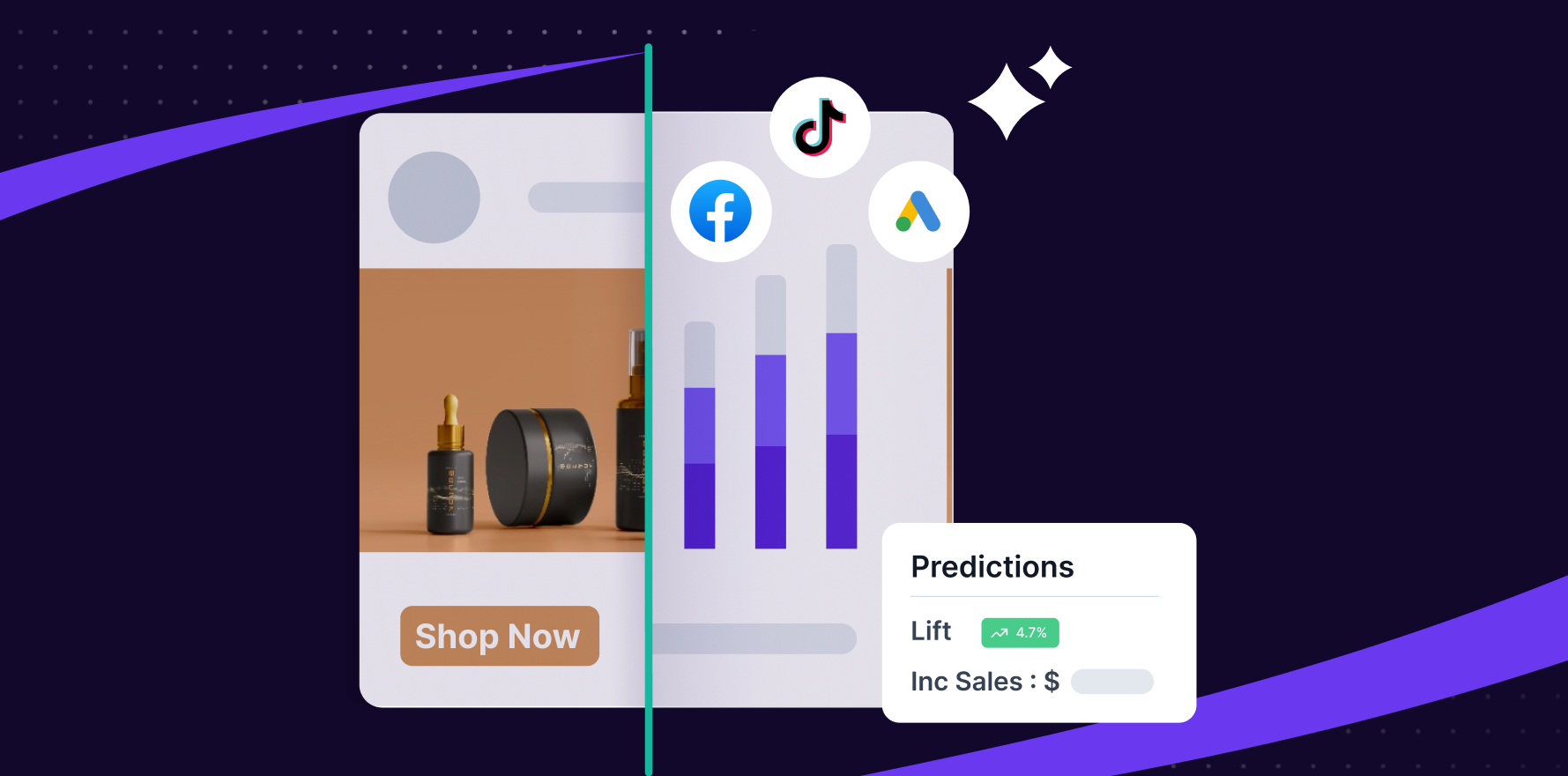What is Baseline Conversion?
Baseline Conversion refers to the standard rate of conversions that happen organically, without the influence of new or specific marketing efforts. This metric serves as a control to compare against the results of marketing campaigns, helping to isolate the true impact of these efforts.
Formula
The formula for calculating Baseline Conversion is:
Baseline Conversion Rate = Number of Organic Conversions / Total Number of VisitorsX 100
Example
For example, an e-commerce site might have a baseline conversion rate of 2% from organic traffic. If out of 10,000 visitors, 200 make a purchase without any promotional influence, this rate sets a benchmark to measure the additional impact of future marketing campaigns.
Why is Baseline Conversion important?
Baseline Conversion is important because it establishes a benchmark for evaluating the effectiveness of marketing initiatives. By understanding the natural conversion rate, businesses can better assess the incremental impact of their campaigns, optimize marketing spend, and improve overall strategy effectiveness.
Which factors impact Baseline Conversion?
Several factors can influence Baseline Conversion, including seasonality, brand loyalty, website usability, and overall market conditions. Identifying these factors helps businesses maintain an accurate baseline and make informed decisions about their marketing strategies.
How can Baseline Conversion be improved?
To improve the accuracy of Baseline Conversion measurements, businesses should consistently track organic conversions over time, account for external factors that might influence natural conversions, and regularly update their benchmarks. Using historical data and running controlled experiments can also enhance baseline accuracy.
What is Baseline Conversion’s relationship with other metrics?
Baseline Conversion is closely related to metrics like Incremental Conversion, Return on Investment (ROI), and Customer Lifetime Value (CLV). While Baseline Conversion provides a benchmark, Incremental Conversion measures the additional impact of marketing efforts. ROI assesses the profitability of these efforts, and CLV estimates the long-term value of a customer.
Free essential resources for success
Discover more from Lifesight
















